Nagpur Local
-

Snake Trouble in Nagpur? Here’s Who You Need to Call – And Fast!
As the monsoon season intensifies across Nagpur, the city is witnessing a dramatic spike in snake sightings — a pattern…
Read More » -
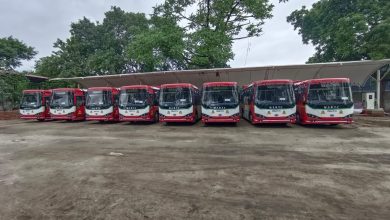
Nagpur to Deploy 850 Electric Buses by 2026: A Bold Move Towards Sustainable Urban Transit
Nagpur electric buses: The Nagpur Municipal Corporation (NMC) is ushering in a new era of eco-friendly transportation. Over the next…
Read More » -

Shri Jagruteshwar Temple to Get Makeover in Jagnath Budhwari
A New Dawn for an Ancient Sanctum in Nagpur Shri Jagruteshwar Temple: Nagpur spiritual and architectural landscape is poised for…
Read More » -
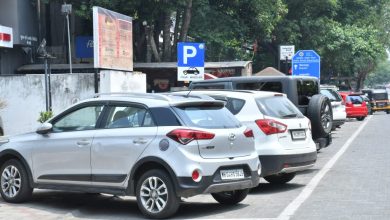
NMC Creates 51 Street Parking Zones for Over 17,000 Vehicles in Nagpur
NMC Parking Nagpur: In a transformative urban mobility initiative, the Nagpur Municipal Corporation (NMC) has marked 51 dedicated street parking…
Read More » -
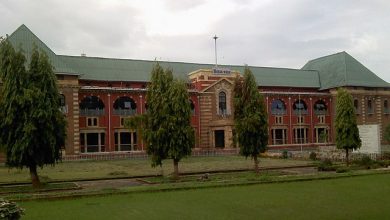
Green Light for ‘Nagpur Vista’: Maharashtra’s Second Capital Set for Legislative Makeover
A Landmark Transformation Begins in Nagpur Maharashtra Vidhan Bhavan Expansion: In a historic move that reshapes the future of Maharashtra’s…
Read More » -
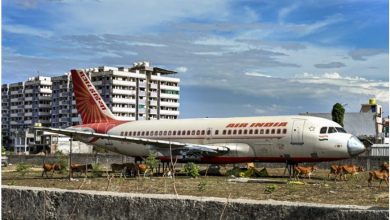
Work Underway to Turn Scrapped Air India Plane Into Restaurant
An Innovative Dining Concept Takes Flight in Butibori, Nagpur airplane restaurant Butibori | Haldiram aircraft restaurant: In a groundbreaking fusion…
Read More » -
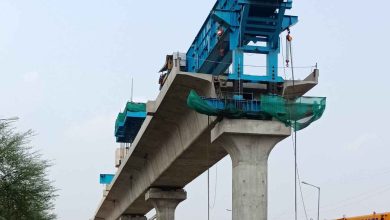
Lok Vihar First Metro Station on Kamptee Run to Open in November: A Major Leap in Nagpur Metro Phase 2
The Maharashtra Metro Rail Corporation Limited (MahaMetro) is making rapid progress on the highly anticipated Lok Vihar Metro Station, aiming…
Read More » -
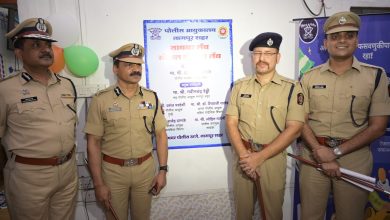
Nagpur Police Launches ‘Garud Drishti’ and Cyber Lab to Revolutionize Digital Policing in 2025
In a groundbreaking move to combat the rising tide of cyber threats and digital crimes, the Nagpur City Police has…
Read More » -

Butibori Flyover Reopens for Traffic After 5-Month Closure
Nagpur commuters and transporters, rejoice! The long wait is finally over as the much-anticipated reopening of the Butibori flyover is…
Read More » -
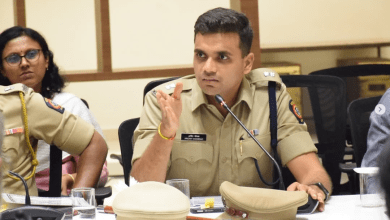
DCP Archit Chandak Transferred as New Akola SP: Major Reshuffle in Maharashtra Police
DCP Chandak Akola SP Transfer: Big changes are rolling through Maharashtra’s police force, and leading the wave is the energetic…
Read More »

